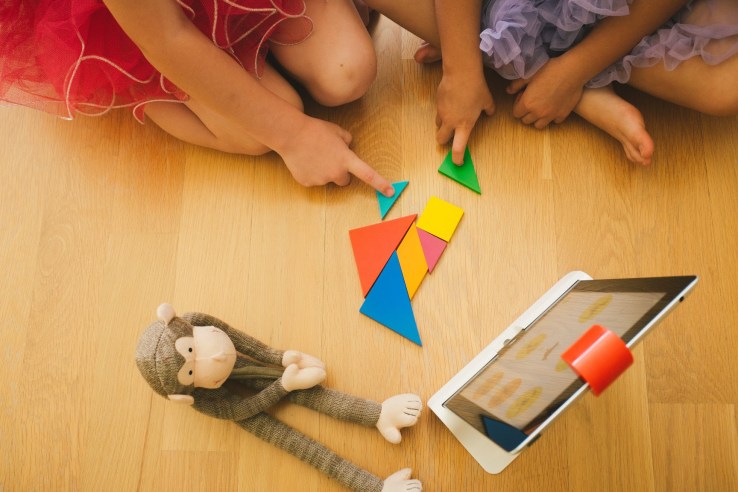Are your student's struggling to learn their sight words? Would you like an easy to use system with those students that targets just the words that they need?
I'm Christina from
Hanging Around In Primary and I would like to share a simple, yet effective strategy I am using with my students this year.
When teaching sight words I do not have a specific order that I use nor do I follow a specific reading program. We are fortunate in that we can teach with our choice of resources, so I use a mismash of things I have created, along with purchased resources to teach my students during our literacy block. You can check out a couple of blog posts
{HERE} and
{HERE} that I have written about the word wall on my own blog.
I believe strongly that students must learn their sight words or word wall words, as I call them, in order to be a successful reader. Students need to develop an
automaticity when reading them. I want them to be able to read these words without sounding them out so in my classroom we say that these words are like popcorn - they pop right out without having to sound them out.
If your class is anything like mine, even when you spend time each and every week to review the words, some students just aren't getting them. I needed to catch these kids and provide intervention by targeting the words they didn't know in a systematic way.
First off, I assessed each student and came up with a
customized list of words they did not yet have. From this point I determined which words to work on first and prioritized.
Finally, I created customized flip books for each student that would be used to track their progress.
So, how does it work? Good old fashioned practice! I send home 5 flashcards at the beginning of the week in a special ziploc bag. My parents LOVE flashcards - it is familiar to them and easy to do. I suggest games they can play with the cards but my students often share that they just practice the flashcards.
On Friday I make time to meet with each of my target students (usually during read to self) and do a check in with the 5 words. If they can read them with automaticity then they get to put a sticker beside the word in their flip book and I stamp their card. They take the old cards home and I give them new flash cards. Some weeks students need to continue to practice previous words, so they may only take home 2 or 3 new words. My students love to put the stickers into their flip books and feel a sense of pride when we review all of the words in their flip book at the end of our check-in session.
I have found this to be a very powerful way to move kids forward in their sight word development. I have had great parent support with this program because it is both easy to do and takes a little time each night.
If you want to store this idea away why not
pin this image!
Would you like to try it out? Click below to download a
free copy of the flip book to use with your students.
Thank you for checking out my post!
 Hi everyone,
Hi everyone,






























.JPG)
